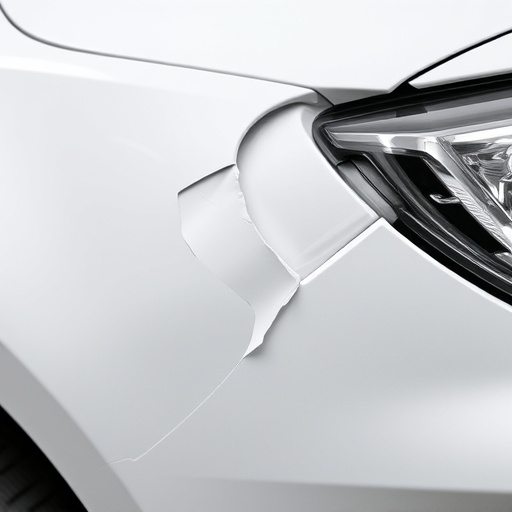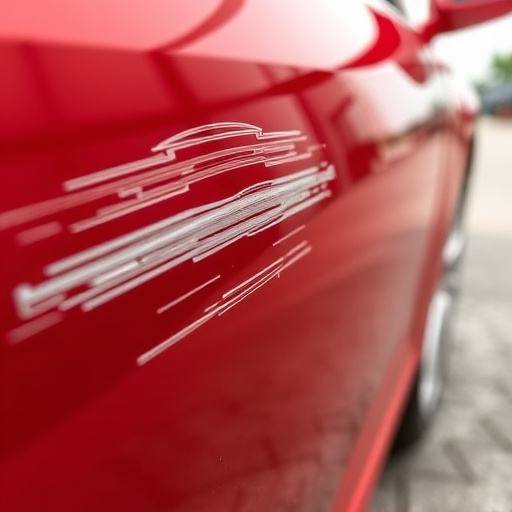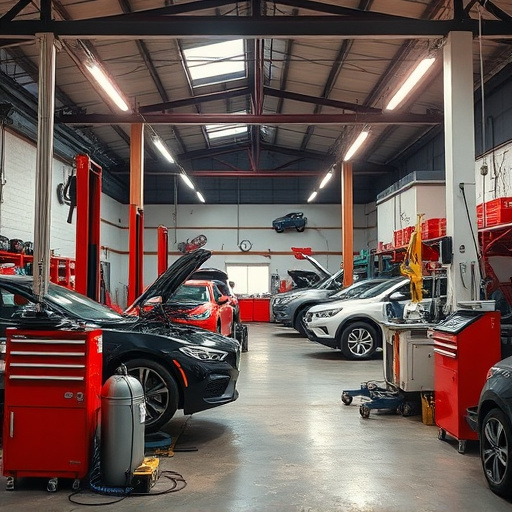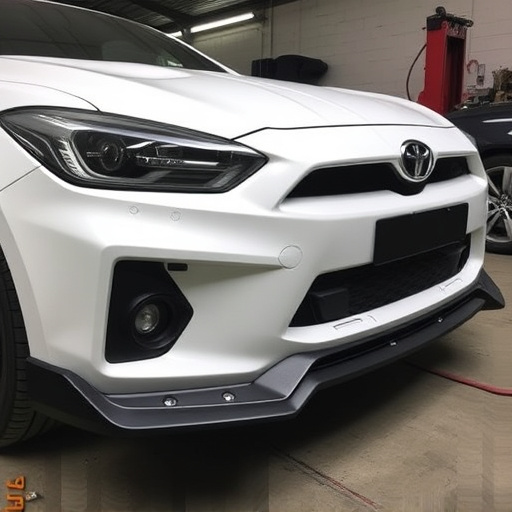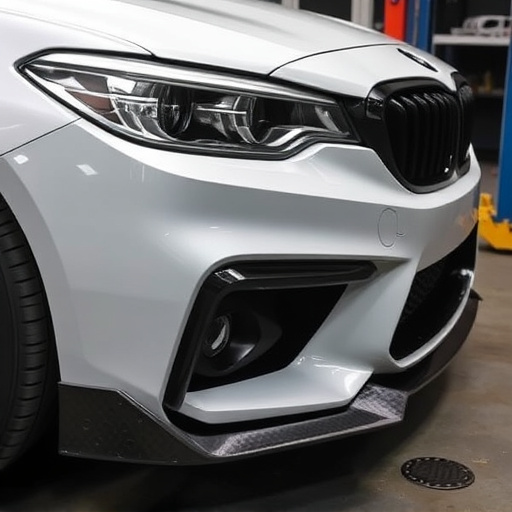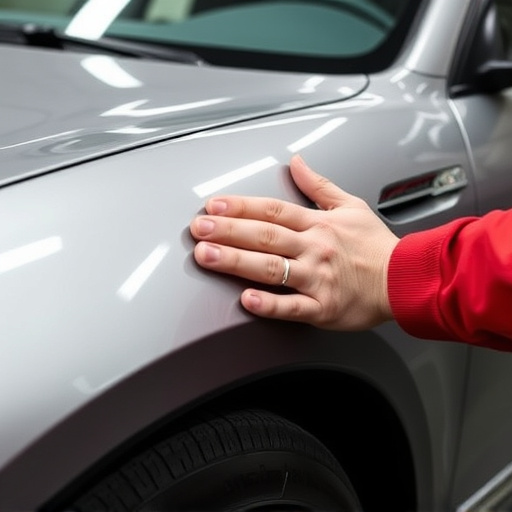Tesla's Advanced Driver-Assistance Systems (ADAS) require meticulous repair documentation to ensure safety and effectiveness. This includes detailed recording of every repair stage, from assessment to testing, using standardized forms or digital templates. Such comprehensive documentation aids in transparent communication, dispute resolution, and maintaining high workmanship standards, ultimately reducing traffic accidents and enhancing customer trust in fleet and body shop services.
Tesla vehicles are renowned for their advanced driver-assistance systems (ADAS) and intricate sensor networks, which enhance safety and connectivity. When repairing these features, proper documentation becomes paramount. This article explores the significance of Tesla repair documentation, focusing on ADAS and sensor repairs. We’ll delve into best practices, emphasizing the critical role of detailed records in ensuring optimal vehicle performance and customer satisfaction. Understanding and adhering to these guidelines are essential for efficient and effective Tesla servicing.
- Understanding Tesla's ADAS System and its Importance
- The Role of Documentation in Sensor Repairs
- Best Practices for Comprehensive Tesla Repair Documentation
Understanding Tesla's ADAS System and its Importance
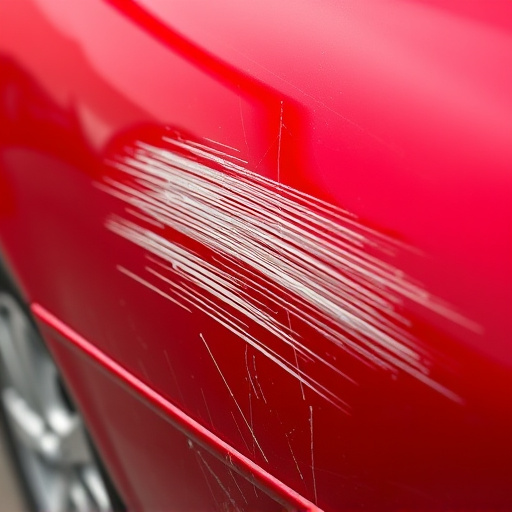
Tesla’s Advanced Driver-Assistance Systems (ADAS) represent a significant leap forward in automotive technology. These systems, which include features like automatic emergency braking, lane keeping assist, and adaptive cruise control, rely on an intricate network of sensors and cameras to perceive and interpret the vehicle’s surroundings. Understanding this complex ecosystem is crucial for anyone involved in Tesla repair documentation, as it forms the backbone of safe and efficient driving assistance.
The importance of ADAS cannot be overstated; they not only enhance driver safety but also contribute to reducing traffic accidents and fatalities. When conducting repairs, especially those involving sensors or Advanced Driver Assistance Systems (ADAS), meticulous record-keeping becomes paramount. Tesla repair documentation plays a vital role in ensuring that these sophisticated systems function optimally upon completion of services, including tire services or automotive collision repair at a vehicle body shop.
The Role of Documentation in Sensor Repairs
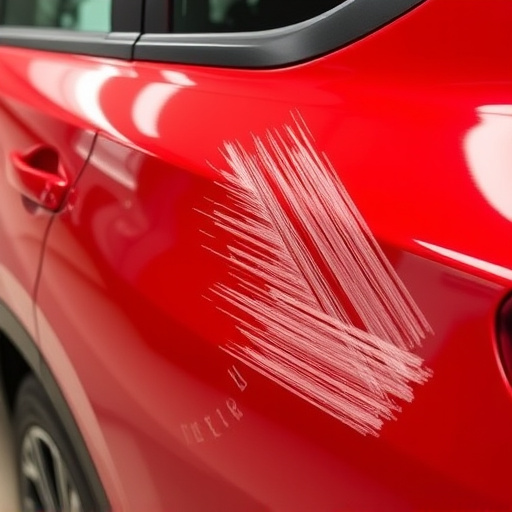
In the intricate process of Tesla ADAS (Advanced Driver-Assistance Systems) and sensor repairs, documentation plays a pivotal role. Every step, from initial assessment to final testing, must be meticulously recorded for several reasons. First and foremost, it ensures that every repair follows manufacturer guidelines and standards, preserving the integrity and safety of the vehicle’s autonomous capabilities. This is particularly crucial in the case of fleet repair services where maintaining consistency across vehicles is essential.
Furthermore, comprehensive Tesla repair documentation serves as a bridge between the vehicle’s past and future service history. For instance, in a vehicle body shop handling car dent repairs or more complex sensor issues, documented evidence facilitates effective communication with clients, insurance providers, and other parties involved. It helps establish the cause of damage, the extent of repairs, and ultimately, acts as a permanent record for reference during future maintenance or potential disputes regarding the quality of service rendered.
Best Practices for Comprehensive Tesla Repair Documentation

When it comes to Tesla repair documentation, especially for Advanced Driver-Assistance Systems (ADAS) and sensor repairs, best practices involve a meticulous approach. Comprehensive record-keeping is key; every step of the repair process should be accurately documented, from initial assessment to final testing. This includes detailed notes on parts replaced, work performed, and any adjustments made. Using standardized forms or digital templates ensures consistency and makes it easier to track progress.
Additionally, clear communication between technicians and stakeholders is vital. Regular updates, complete with photographs and videos, can demonstrate the vehicle’s condition before, during, and after repairs. Such visual documentation is invaluable for vehicle body repair and restoration, providing a transparent record that protects both the customer and the service center. This level of detail not only facilitates efficient ADAS sensor repairs but also promotes trust in the quality of workmanship.
Tesla repair documentation, particularly for Advanced Driver-Assistance Systems (ADAS) and sensor repairs, is paramount. As these systems become increasingly complex, detailed and organized records are essential for ensuring accurate fixes and maintaining vehicle safety. By adopting best practices, technicians can streamline the process, enhance customer satisfaction, and contribute to the overall reliability of Tesla vehicles.


